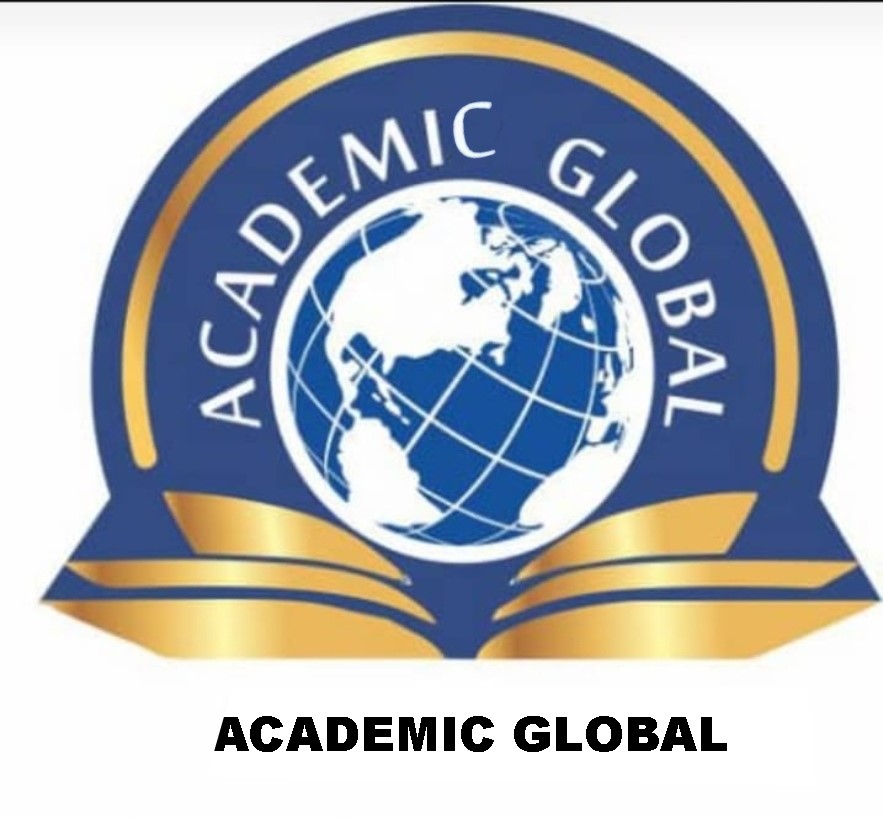2009 EDUCATIONAL REFORM AND ACCESS TO HIGHER EDUCATION IN NIGERIA: A CONCEPTUAL REVIEW
DOI:
https://doi.org/10.56892/gjam.v3i2.1057Keywords:
Education, Educational Reform, Higher Education, Access to Education, Quality EducationAbstract
Despite the pivotal role of education to the advancement of humankind, the opportunities for enrollment in tertiary education in Nigeria are grossly inadequate for the needs of the country. Access to higher education, and the lack of capacity of the system to absorb the numbers of candidates seeking admission to higher educational institutions, continues to pose severe problem to the attainments of education sector goals in the country. The paper seeks to ascertain the extent to which 2009 improves access to higher education, and to establish how issues of carrying capacity, funding and infrastructures affect access to higher education in Nigeria. The paper mainly used a secondary source of data such as Federal Ministry of Education Annual Reports, UNESCO country reports, Roadmap for Education (2009) and JAMB annual reports/publications for descriptive and analytical purposes. The paper found out that from 2011-2016, the 20% annual increase in admission benchmark though reasonably achieved with 62% positive variance, the gap between those admitted and candidates left out continues to grow, thus out of the 7.5 million candidates that applied for placements into Nigerian tertiary institutions, only about 1.7 million candidates admitted (21.9%) leaving out 78% or 5.9 million from opportunities for tertiary education, some of whom are qualified but limited by a quota and carrying capacity. The annual carrying capacity for admissions to higher education is grossly inadequate to meet the growing learner populations’ demands in Nigeria. Also, inadequate funding and the level of infrastructures provisions greatly affect access to higher education. The paper recommends that efforts to attain both the 26% UNESCO benchmark on national budget for education, and the 2009 educational reform benchmark on access (20% increase in admissions annually from 2011) in the tertiary institutions should be intensified such that reasonable number of candidates be admitted to higher education. Increase in funding benchmark of 26% to education should be attained for the expansion of facilities (lecture theatres, classrooms, laboratories, hostels, etc.) to raise the carrying capacity to accommodate current reality.


